Mastering the Art of Match Cuts: A Comprehensive Step-by-Step Tutorial


Welcome to an in-depth exploration of the art of match cuts! In this extensive tutorial, we'll delve into every aspect of creating seamless transitions, from pre-production planning to post-production editing. Whether you're a novice filmmaker or a seasoned professional, this guide will equip you with the knowledge and techniques needed to master the art of match cuts.
Understanding Match Cuts
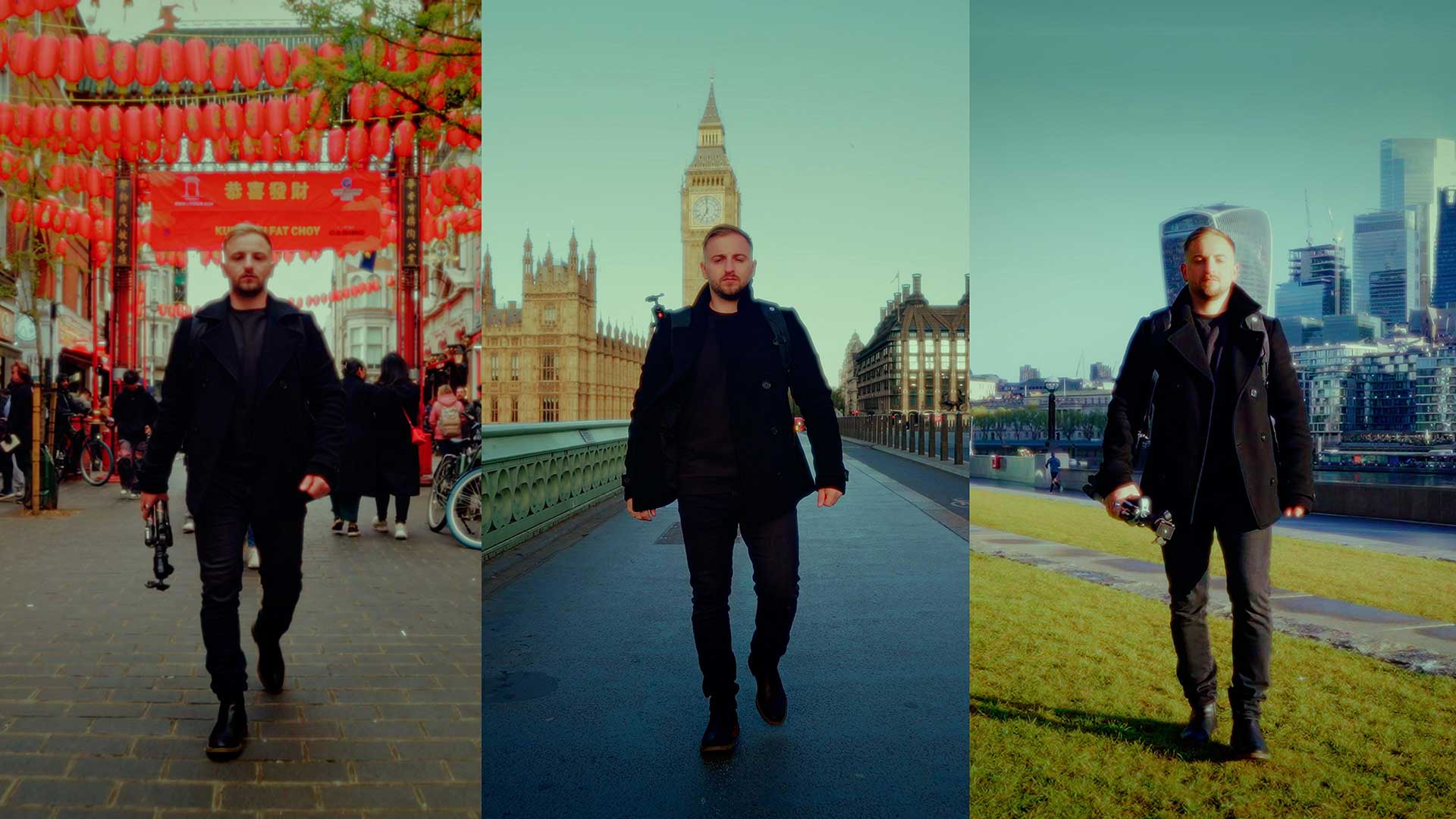

Before we dive into the technical details, let's ensure we're on the same page regarding what match cuts are. A match cut is a cinematic technique used to seamlessly connect two shots through visual or auditory similarities. This creates a smooth transition that enhances storytelling and captivates the audience.
Pre-Production Planning
The foundation of a successful match cut begins with thorough pre-production planning. Start by conceptualizing your narrative and identifying key scenes or moments where match cuts can be effectively utilized. Consider the emotional impact you want to evoke and how match cuts can enhance the overall storytelling experience.
Location Scouting
Choosing the right location is crucial for the success of your match cuts. Look for visually appealing settings that complement your narrative and provide various opportunities for creative shot compositions. For our tutorial, we selected London for its diverse landscapes, iconic landmarks, and vibrant atmosphere.
During location scouting, pay attention to lighting conditions, accessibility, and any potential challenges that may arise during filming. Scout multiple locations to ensure you have options that meet your creative vision and logistical needs.
Equipment Selection
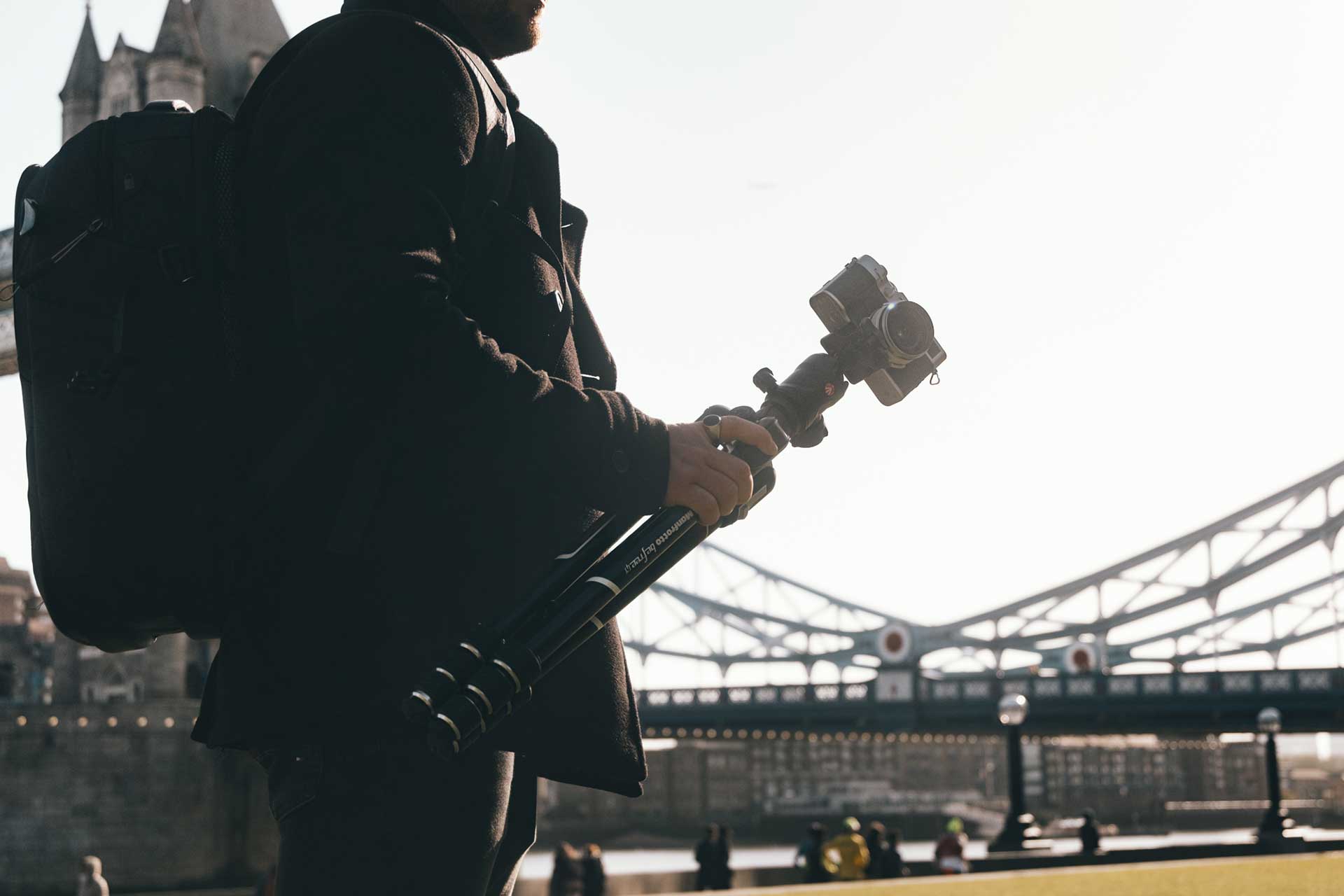

Investing in quality equipment is essential for achieving professional-looking match cuts. For this tutorial, the tripod was an indispensable companion. Here's how it benefited the filmmaking process:
- Portability: The tripod's compact and lightweight design made it incredibly easy to carry anywhere, allowing us to navigate through crowded urban environments with ease.
- Stability: Despite its small size, the carbon fiber construction provided exceptional stability, ensuring steady shots even in challenging shooting conditions.
- Foldable Design: The tripod's foldable design made it convenient to pack and transport, saving valuable space in our gear bag and enabling quick setup and breakdown on location.
- M-Lock System: The innovative M-Lock system allowed for fast and secure leg adjustments, enabling us to set up the tripod quickly and make precise adjustments to achieve the perfect shot.


- 496 Ball Head: Paired with the , the tripod provided smooth and fluid movement, allowing for seamless panning and tilting during filming. This enhanced our ability to capture dynamic shots with ease.
- Camera: We chose the Fujifilm X100VI for its high-resolution capabilities and compact design. The ability to shoot in 6.2K resolution provides greater flexibility in post-production editing.
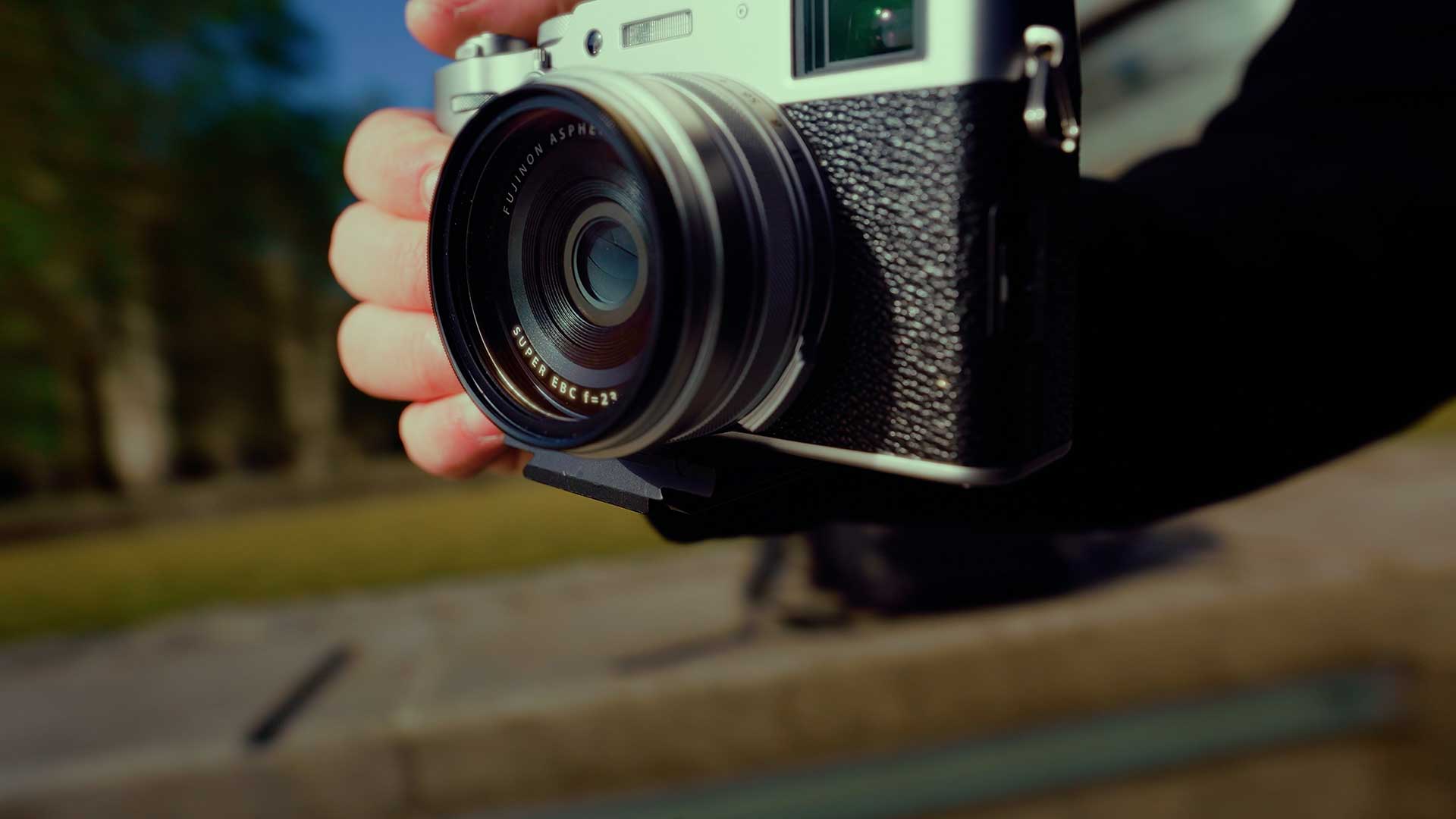

- Tripod: The was our tripod of choice for its stability and lightweight design. A stable tripod is essential for capturing steady shots and achieving seamless transitions between scenes.
- Additional Gear: Depending on your specific needs, consider investing in additional gear such as lenses, filters, and audio equipment to enhance the quality of your footage.
Shot Composition
Once on location, it's time to focus on shot composition. Keep the following tips in mind:
-
Visual Continuity: Look for objects, actions, or visual elements that can be seamlessly matched between shots. This could be anything from a moving vehicle to a person's gesture.
- Consistency: Maintain consistent framing, focal length, distance, and height between shots to ensure smooth transitions in post-production.
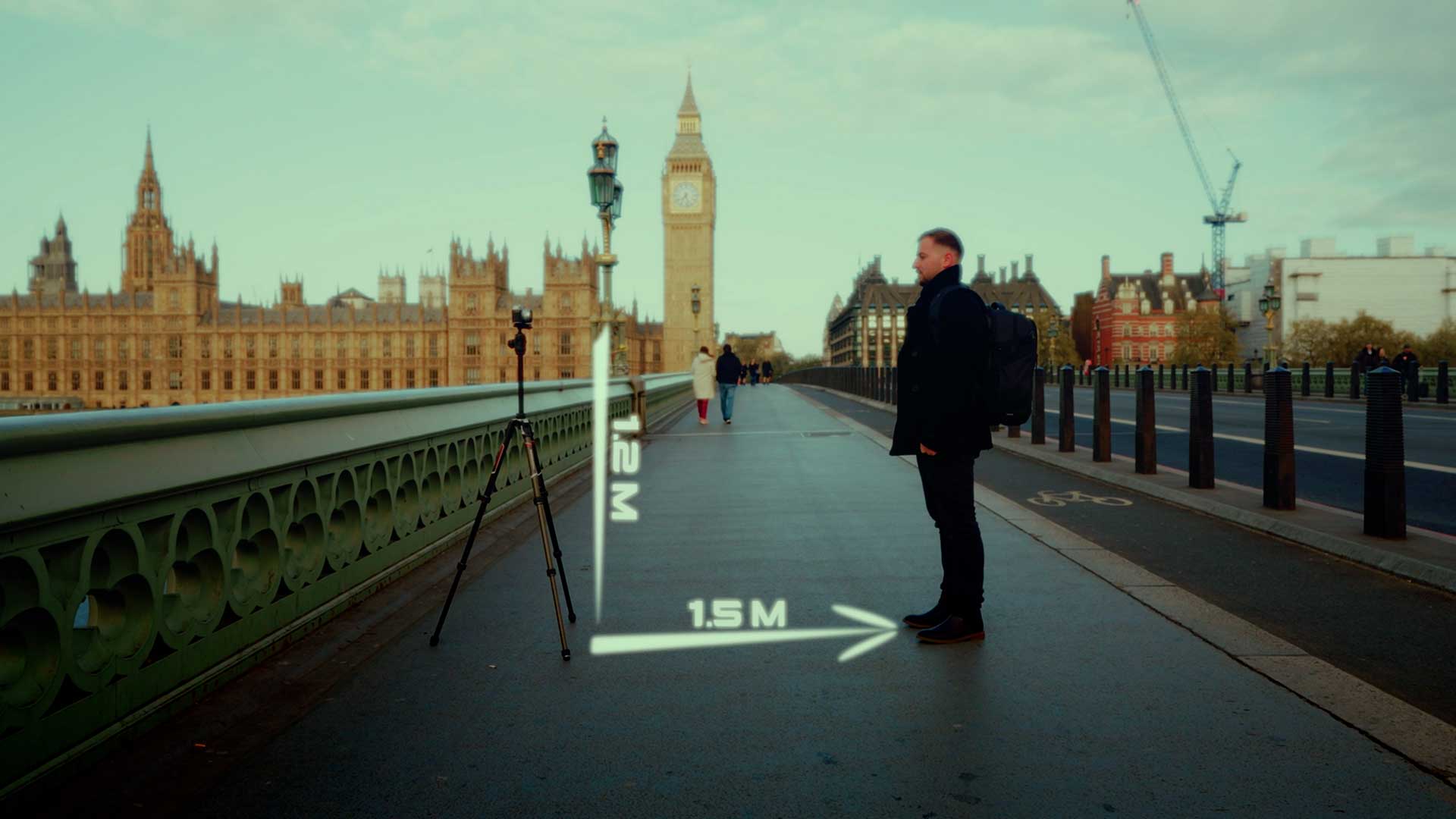

- Variety: Experiment with different angles, perspectives, and camera movements to add depth and dynamism to your footage. Don't be afraid to get creative and explore unconventional shooting techniques.
Filming Techniques
During the filming process, focus on capturing footage that will lend itself well to match cuts. Here are some techniques to consider:
- Parallel Action: Capture simultaneous actions or events that can be seamlessly connected through match cuts. This technique adds complexity and depth to your narrative.
- Motion Continuity: Film continuous movements or actions that can be seamlessly matched between shots. This could include a person walking through different environments or a vehicle traveling along a route.
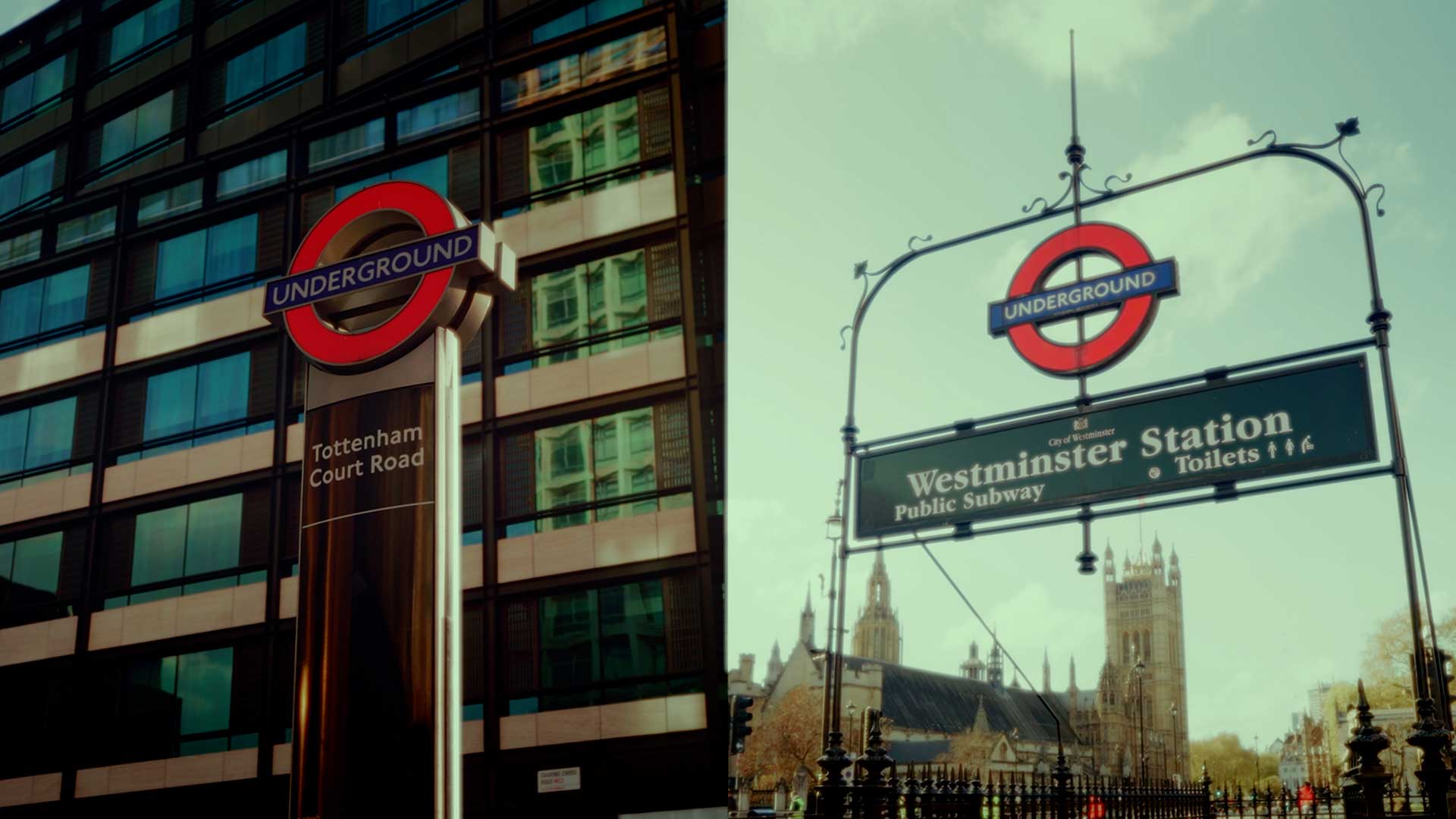

- Transition Elements: Incorporate transition elements such as door frames, windows, or natural objects that can visually connect two shots. These elements serve as visual cues for the audience and enhance the flow of the narrative.
Post-Production Editing
Once filming is complete, it's time to bring your footage to life in post-production. Here's a step-by-step guide to editing match cuts:
- Import Footage: Transfer your footage to your editing software and organize it into a logical sequence.
- Align Shots: Review your footage and identify matching elements between shots. Use editing techniques such as trimming, cropping, and scaling to align shots and create seamless transitions.
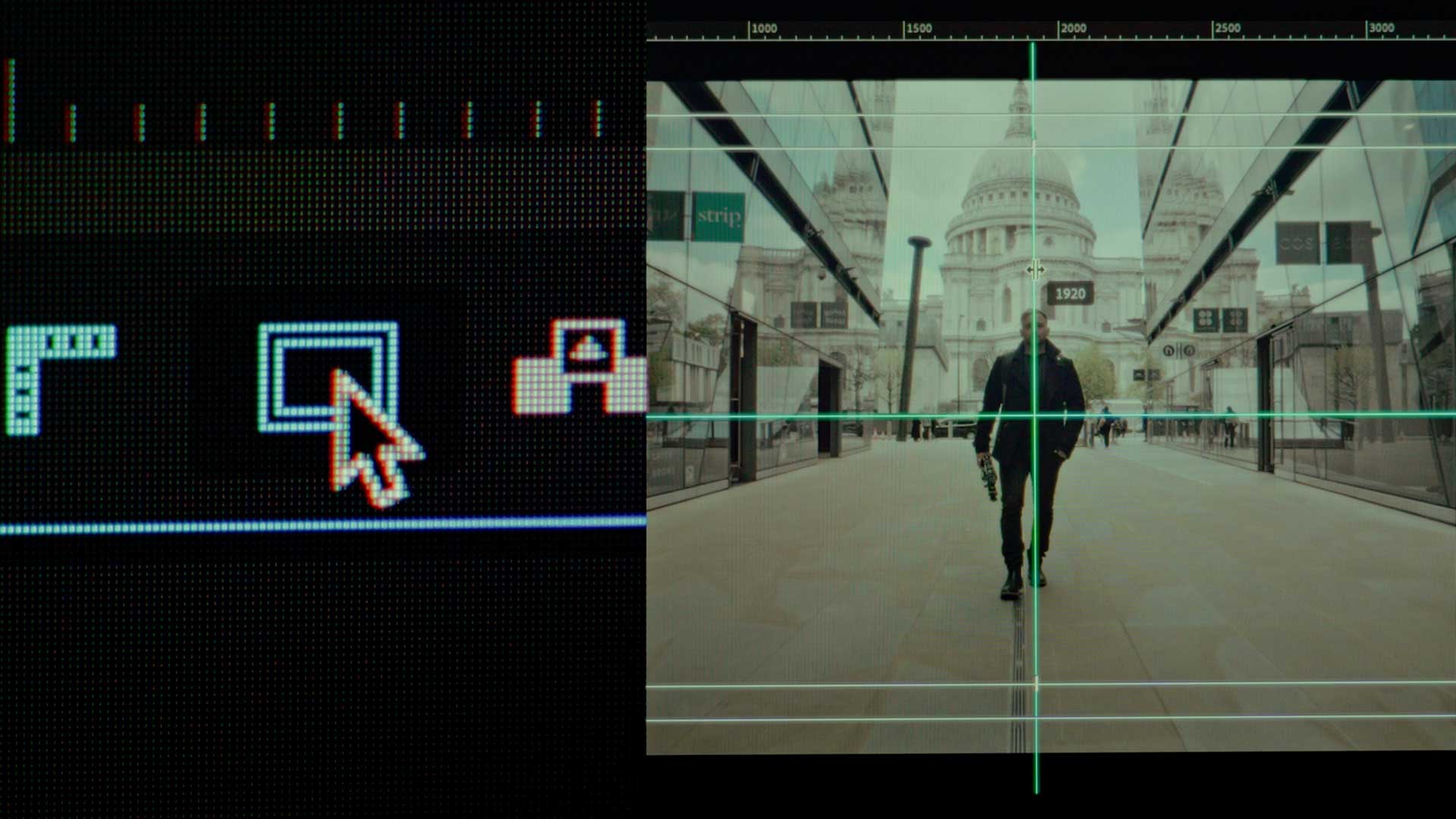

-
Color Grading: Apply color grading techniques to enhance the visual consistency and mood of your footage. Pay attention to color balance, contrast, and saturation to create a cohesive look throughout your video.
-
Add Music and Sound Effects: Choose a soundtrack that complements the emotional tone of your narrative and enhances the viewing experience. Incorporate sound effects to add depth and realism to your footage.


-
Final Touches: Fine-tune your edit, adding any additional effects or transitions as needed. Preview your video to ensure smooth transitions and visual continuity between shots.
Conclusion
Mastering the art of match cuts requires dedication, creativity, and attention to detail. By following the step-by-step process outlined in this tutorial, you'll be well-equipped to create professional-looking match cuts that elevate your storytelling and captivate your audience.
So grab your camera, scout your perfect location, and let your creativity soar as you embark on your journey into the world of match cuts. With practice and patience, you'll soon be creating seamless transitions that leave a lasting impression on your viewers.



























